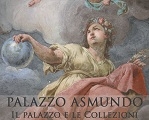Info
MUSEO PALAZZO ASMUNDO
- Entrance ticket 2,00 Euro agreement (if the entrance fee)
- Discount rates of 10% use spaces x events
- Discount on services offered and bookshop 10%.
In the eighteenth century the center of Palermo prolific palaces close to the two main roads to cross, the Strada Nuova and the Cassaro, forming a theory of various architectural structures and extraordinarily rich, immediate expression of the typical, fragmented and sinuous decorative eighteenth century. The eighteenth-century nobility of Palermo, involved, such as the Neapolitan, the desire to strengthen the powers and privileges and it emulates competitively in the search for greater social visibility, located in the realization of aristocratic palaces manor in the heart of the urban fabric, the most direct means and lasting to assert her house and hand down the prestige. It is in this period that the Marquis Giuseppe Sessa Asmundo ago realized on previous structures his palace. The construction of Palazzo Asmundo dates back to 1615. It was started by a certain Dr. Balian ancient "road Cassaro" (today's Corso Vittorio Emanuele), after enlargement and the adjustment took place in 1567, by order of the Viceroy Garcia De Toledo. Only in 1767 the building was completed. "Compita videsi the noble house of Joseph cassaro Asmondo" thus saith the Marquis of Villabianca in "The Palermo of today." The building, before it was in the possession of the President of Justice Asmundo Joseph, Marquis de Sessa, had belonged to the family of the Princes of Joppolo S. Elijah. The building (reminds the plaque placed there), welcomed Maria Cristina, daughter of Ferdinand III, a refugee from Naples with her husband Charles, Duke of Genoa and Sardinia. Another plaque, placed on the main facade, shows that in this palace were born respectively in 1821 and 1822, Anna Turrisi Colonna and his sister Josephine, painter and art critic the first, the second poet. The Frenchman Gaston Vuiller, which stayed there for a short period, mentions this in his book The palace Sicily, impressions of past and present, published in Milan by Fratelli Treves in 1897, with these words: "on the walls shades of pale green , read the scrolls intertwine capriciously and are to take place on the ceiling in a dome decorated with paintings air. The doors have matt gold ornaments and shiny gold. The decorative beauty of this room was an alcove with curtains tightly closed dense, I'm surprised. This is obviously an old building. Her beauty a bit 'faded to bright light, retains all its splendor in the semi-darkness. I open the window and remaining on the balcony that runs around the floor and I am dazzled ... ". Â The building with its mortar, stucco school Serpotta, the dark Venetian Baroque and doors, frescoes with allegories of Joachim Martorana, the alcove with its eighteenth-century cherubs, its branches and doves intertwined to the nest 'Love, is a veritable treasure chest of art, making it even more valuable, "his collections": paintings, chests marital sixteenth and seventeenth centuries there permanently exhibited, as well as the Sicilian ceramics, bricks wealth, devotional etc. .; porcelain Neapolitan, French, etc..; scrolls, vases, fans, embroidery, weapons and firearms, the copious documentation and cartographic numismatics that enrich each time exposures, reproduce the "Palermo Felicissima" as mentioned by ancient and modern books and magazines and the much-vaunted "travelers" at the time.
Immagini:
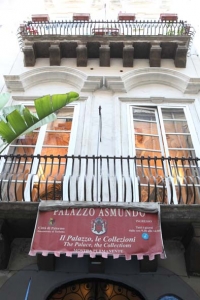 | 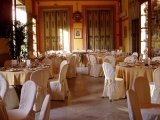 | 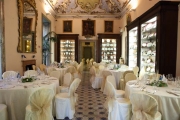 | 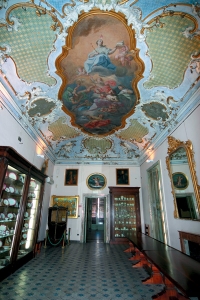 | 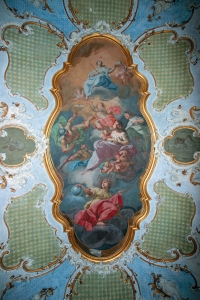 |
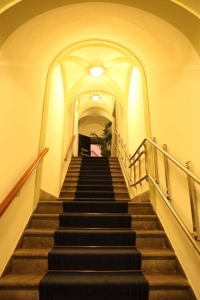 | 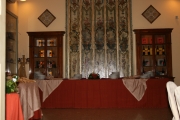 | 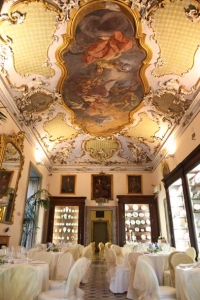 | 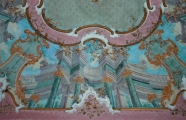 | 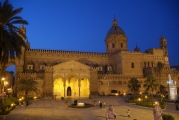 |






